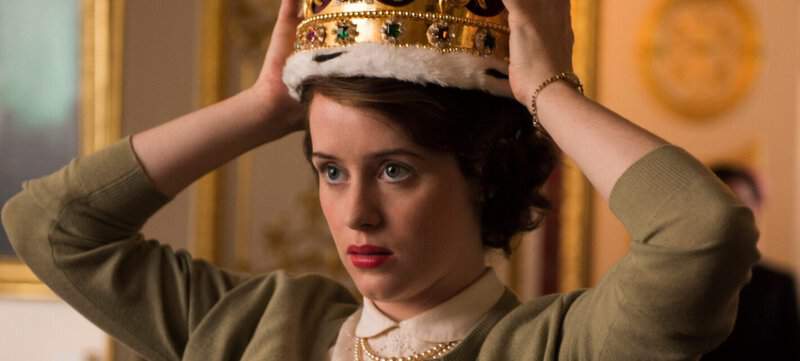Netflix’s lavish drama “The Crown” captivates millions with its portrayal of Queen Elizabeth II’s reign. The sumptuous costumes, stellar acting, and palace intrigue make for addictive viewing. However, viewers should remember they’re watching historical fiction, not a documentary. Creator Peter Morgan freely admits taking “creative license” with facts. Just how much liberty does the show take? Well, here’s how “The Crown” diverges from royal reality.

